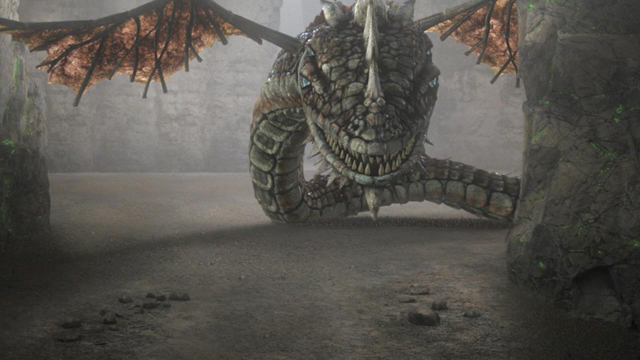
Their gaze also worked against creatures on these planes, killing creatures on the astral, and turning those on the ethereal into a different kind of "ethereal" stone. Ī basilisk's eyes were also capable of viewing the astral and ethereal planes, though not at the same time, and only if they concentrated to do so. While petrified, the statue could be damaged, just as natural stone could be. Ĭreatures petrified by a basilisk were not dead, but placed into a form of permanent suspended animation some called "stone sleep". However, protective magic items still worn by the statue would continue to affect it as they would if the victim was still flesh and blood. Items carried or worn by their prey were not turned to stone, only the body itself. Creatures in gaseous form however, were apparently immune. It has been noted that the better the eyesight of the victim, the longer the effective range of the basilisk's gaze, and multiple reports claim that the casters of arcane eye spells, the users of crystal balls, and the wearers of eyes of the eagle have all fallen victim to petrification upon viewing basilisks over great distances.

Sages theorized that the creature's eyes emitted some kind of radiation that was absorbed by the eyes of their victim, but ultimately, the precise method of how their power worked was very poorly understood. X the Mystic's 4 th rule of dungeon survival īasilisks were known for their ability to petrify their prey, causing a chemical change in the body that turned victims into a porous stone statue. Though thought by many to be incapable of eating a petrified victim, at least after infancy (immature basilisks had been observed by scholars devouring chunks of statues, but not adults), all basilisks were in fact capable of eating their petrified prey due to their strong jaws and a process within their gullet that transformed the stone back into flesh. If the basilisk was unable to warm itself for more than a day, it would become sluggish, ultimately dying of hypothermia after a further three days. īasilisks spent much of their time asleep basking, either in the heat of the sun, or, if that was too harsh, in the heat of some other source, such as a volcanic vent, or even a campfire. They only needed to eat one large meal (the size of a deer or a humanoid) a month, owing to their slow metabolisms, though would apparently gorge themselves to death if provided with enough meat. When hunting, they pounced from hiding and attacked with their petrifying gaze and vicious bite. They were observed to be irrational and possibly insane half the time but shrewd hunters the other half. They were easy to anger, though they never fought to the death if it could be helped. They made their lairs in dark underground caves where there was a ready and easily accessible food and water supply. īasilisks were lazy and cowardly creatures, but evilly cunning. When not hunting, basilisks slept off their meals in their lairs, sometimes in small groups of up to six individuals. Basilisks had a very robust digestive system, however, and could digest even stone. To prevent this, basilisks typically laired in hidden dens, waiting for any prey unfortunate enough to wander in, even if it was extremely small. As a result, prey that fled usually got away unharmed. As a result, basilisks relied upon their powerful magical characteristics for hunting and were unprepared for a hard pursuit. Behavior īasilisks had a very slow metabolism, making their movements sluggish and clumsy. It was extremely near-sighted, and consequently the range of its petrifying gaze was much shorter. The greater basilisk was a rare breed of the common basilisk, similar in most respects, except it was larger and with an evil disposition.

The Bedine called basilisks hagar motab or "bringers of stone-death". They typically weighed around 300 pounds (140 kilograms). Adult basilisks could grow to be about 6 feet (1.8 meters) in length, not counting the tail, which could reach another 5 to 7 feet (1.5 to 2.1 meters). Basilisk eyes were, however, the most notable feature, glowing with a pale green light. Basilisks possessed a single row of bony spines that lined their backs and a few had a curved horn atop their noses. Basilisks came in a variety of colors from dark gray to dark orange, although they also commonly had a dull brown body with a yellowish underbelly. Basilisks had eight legs, which they crawled upon.


 0 kommentar(er)
0 kommentar(er)
